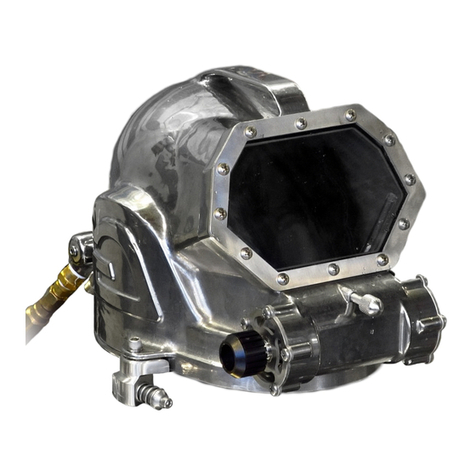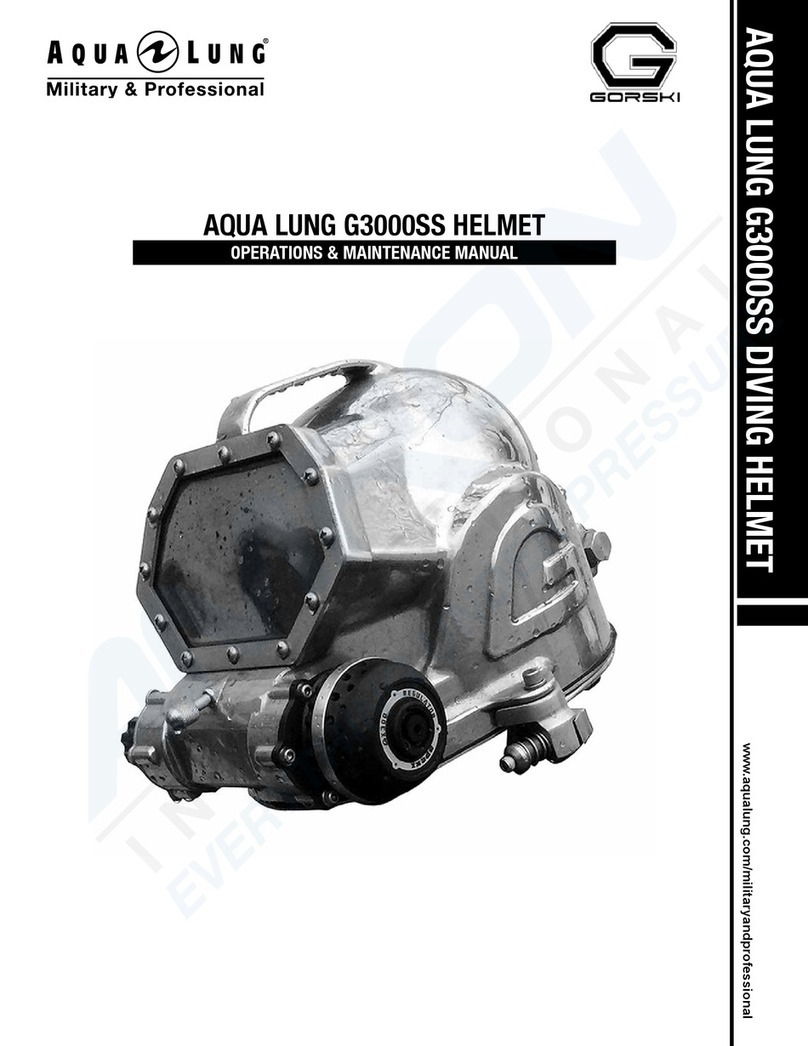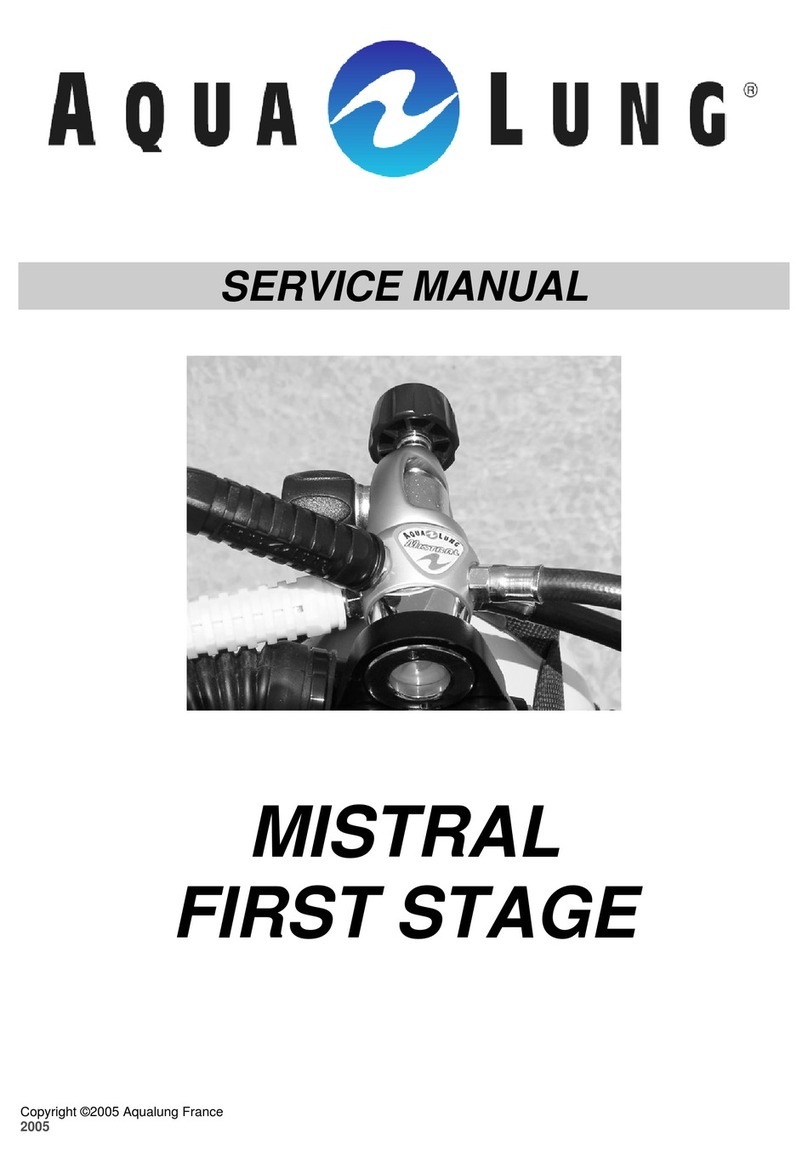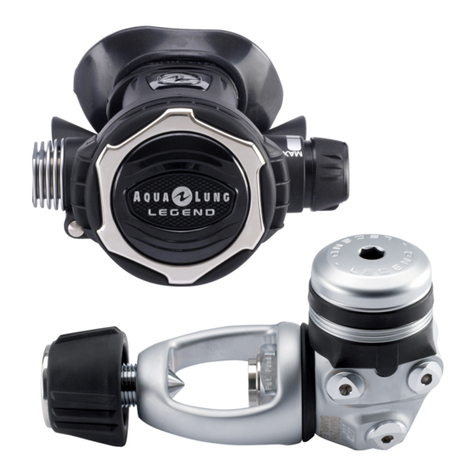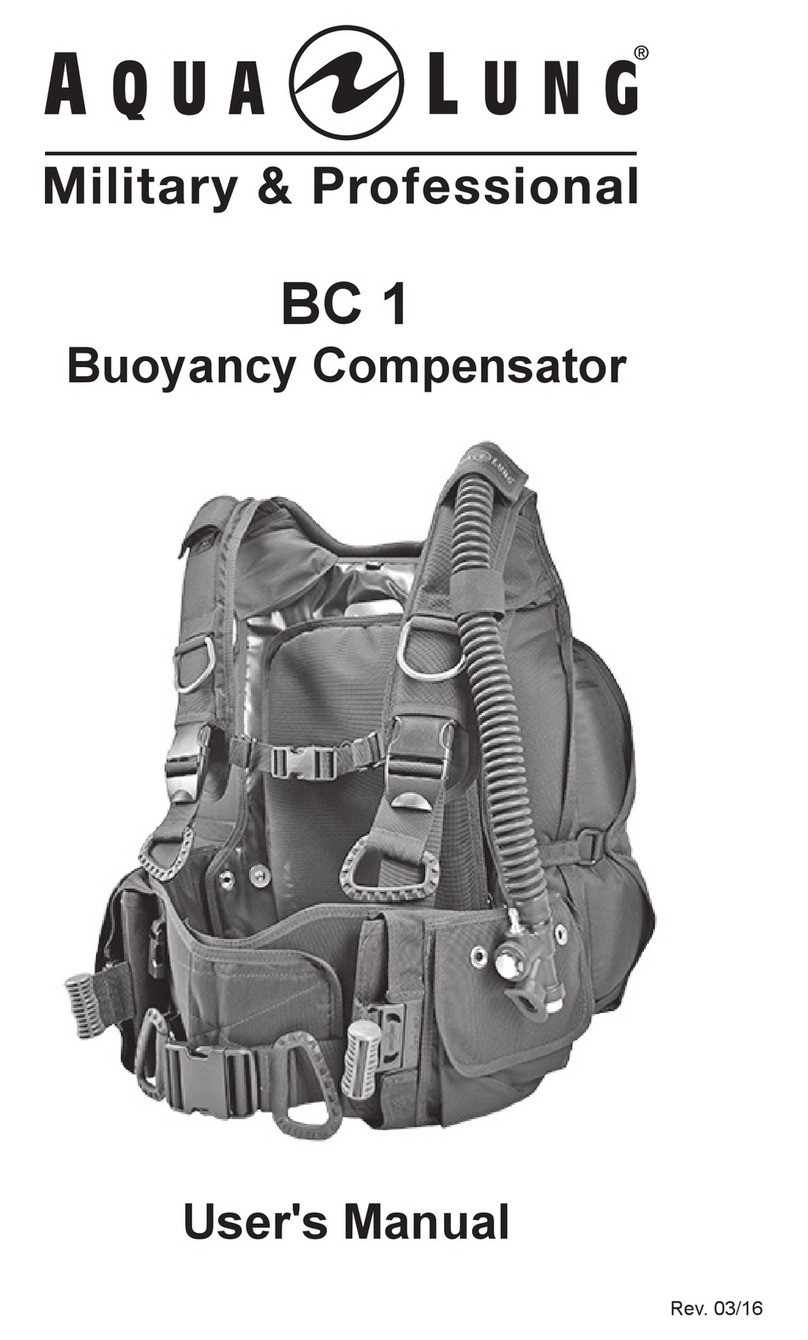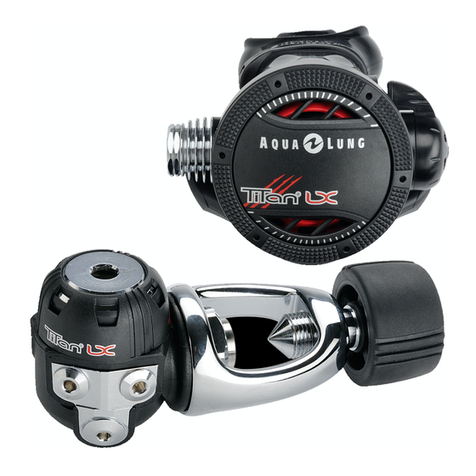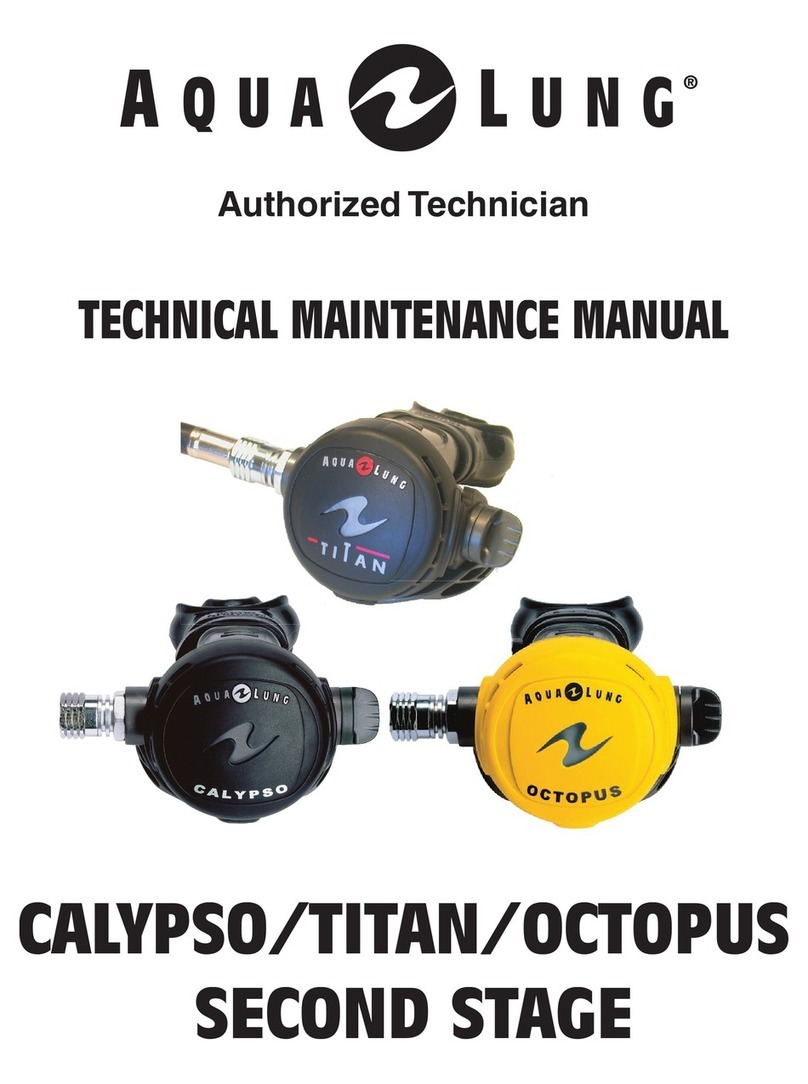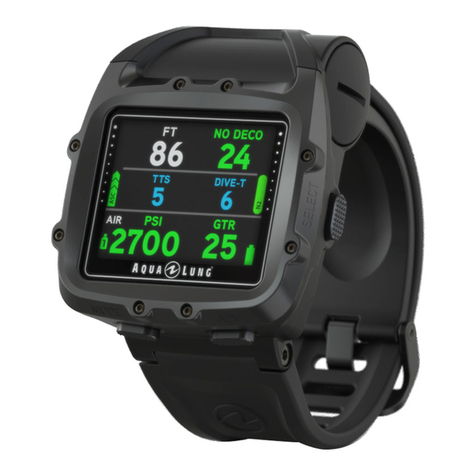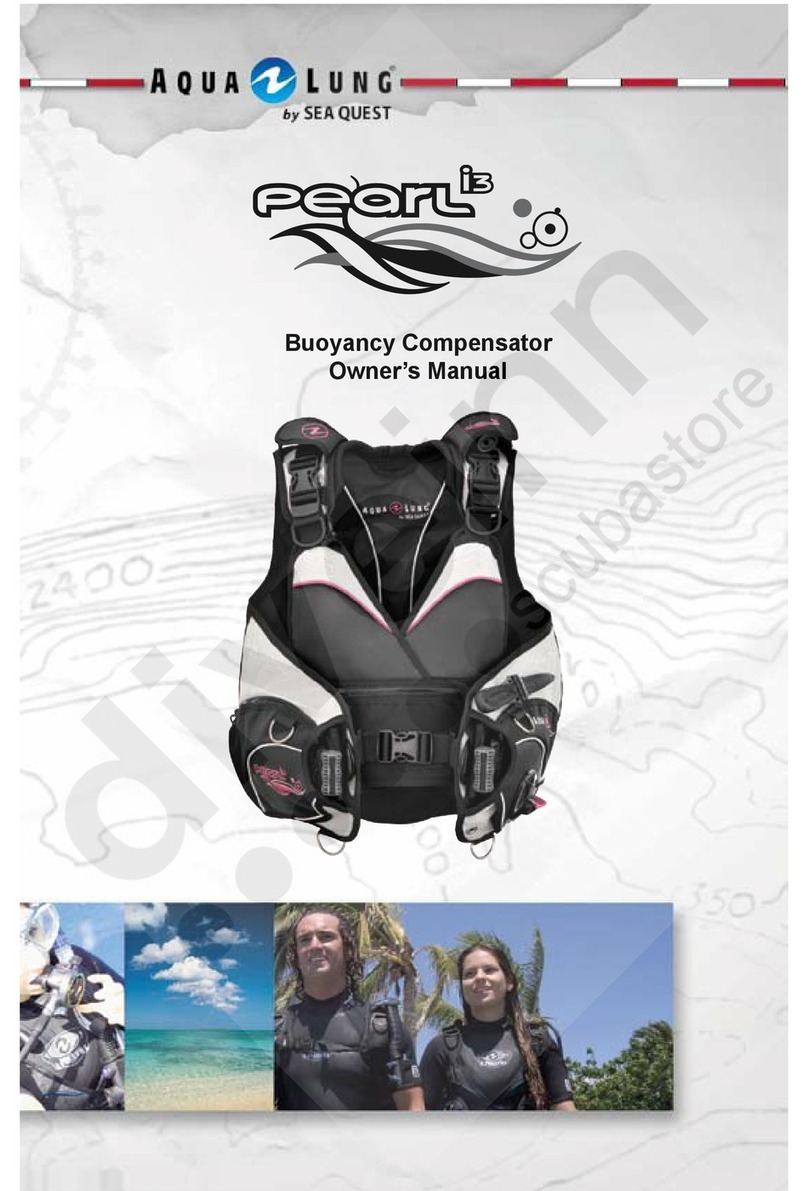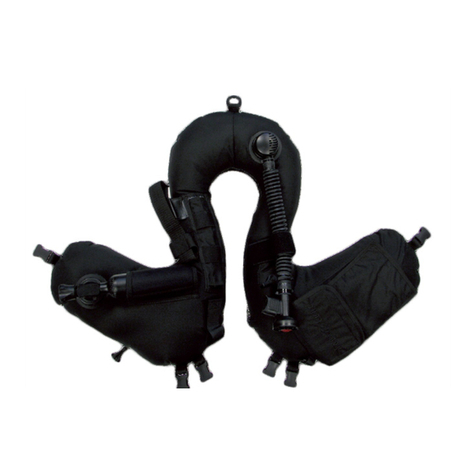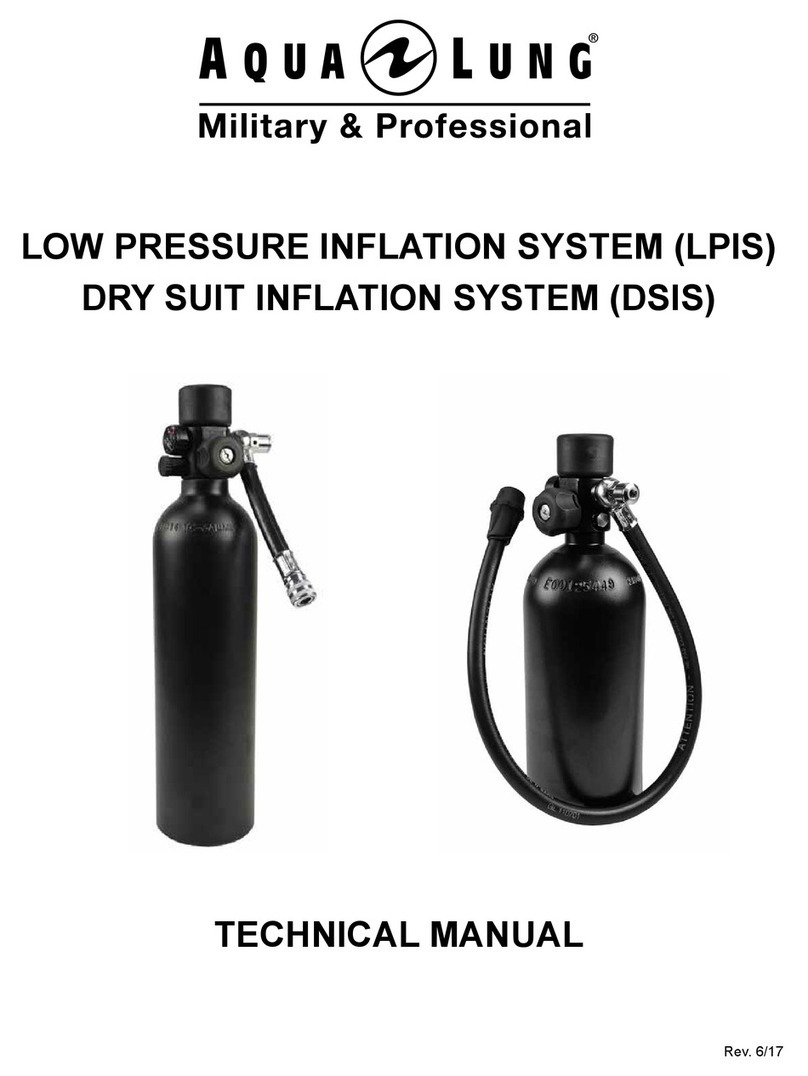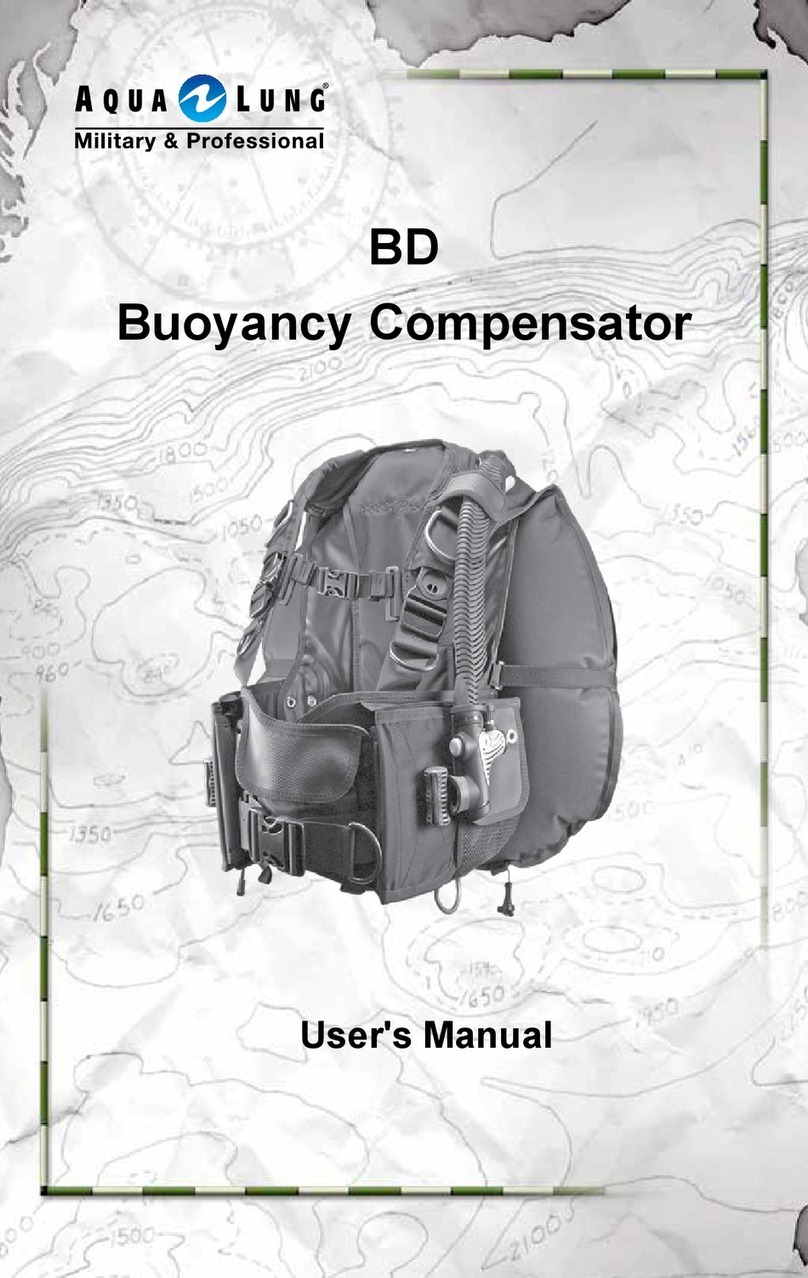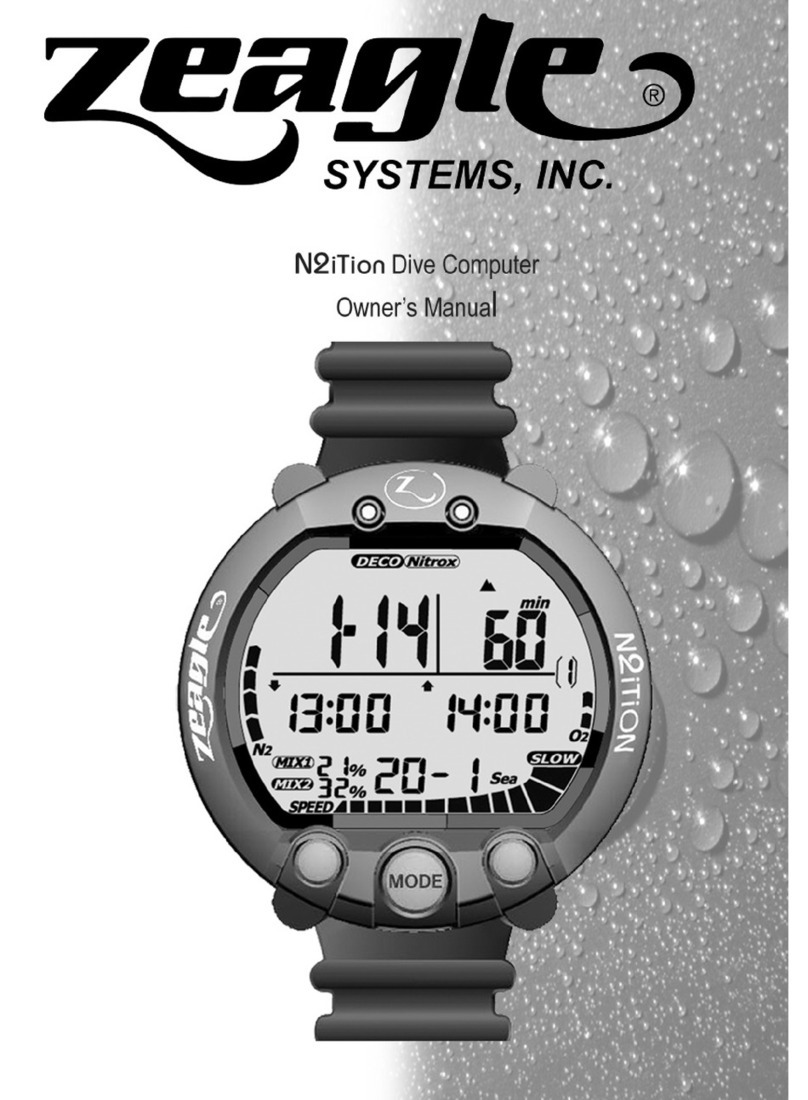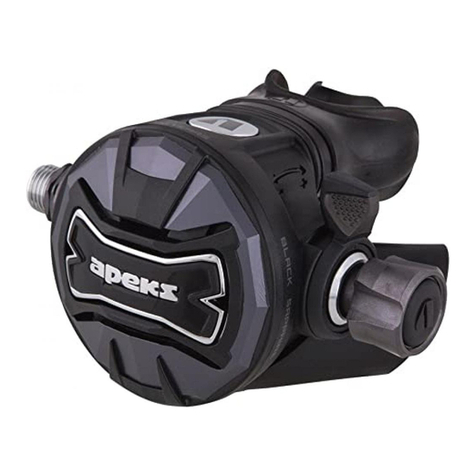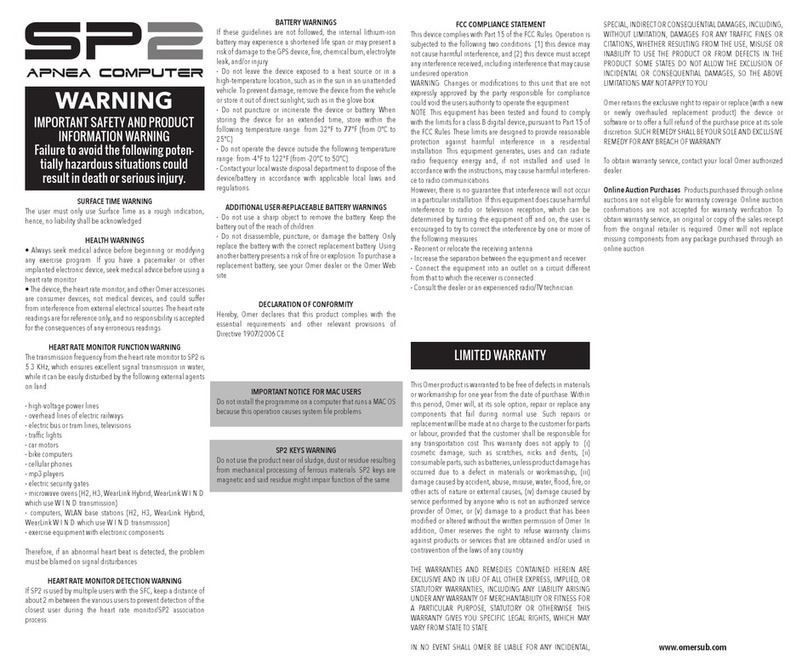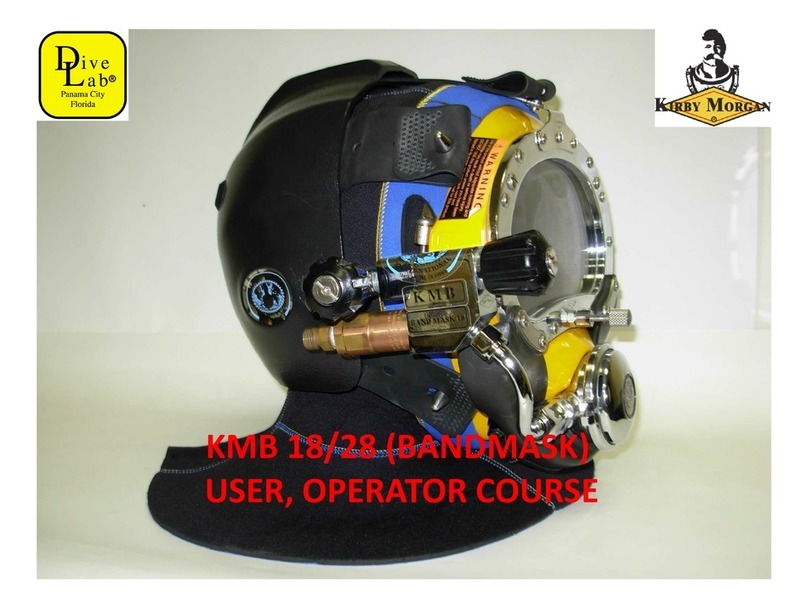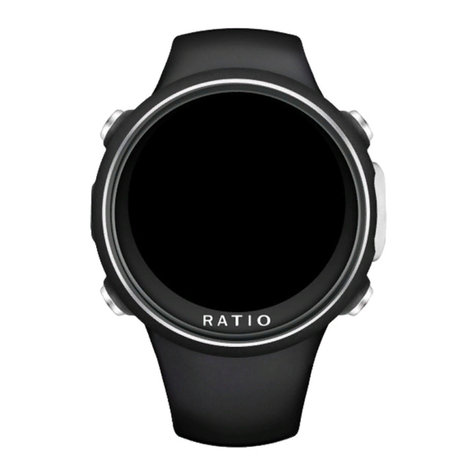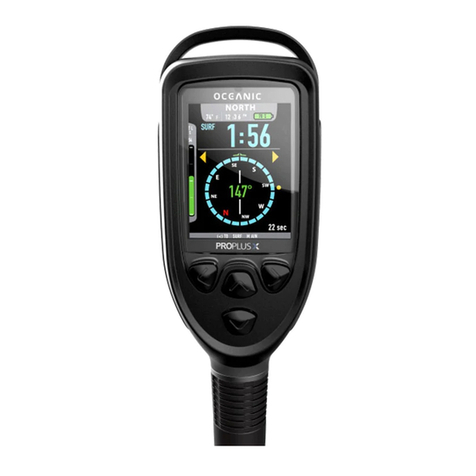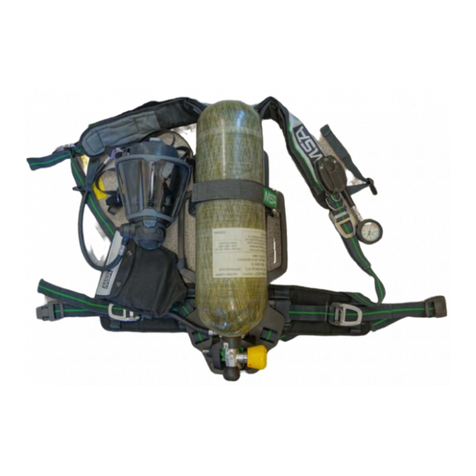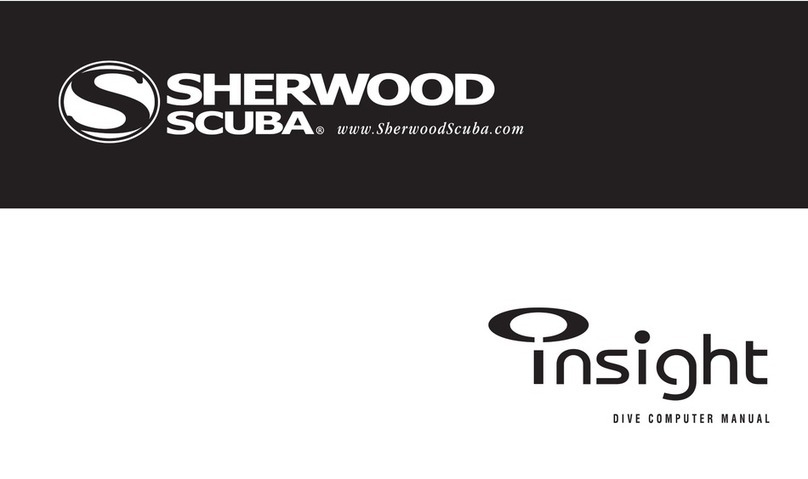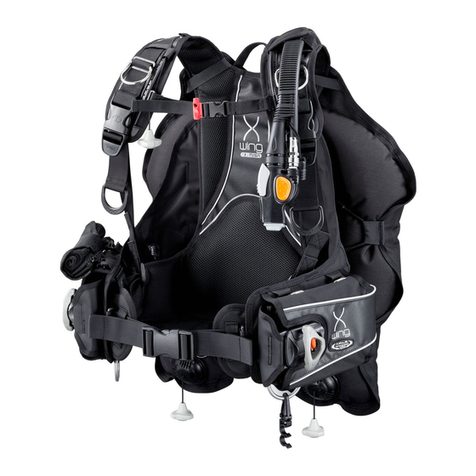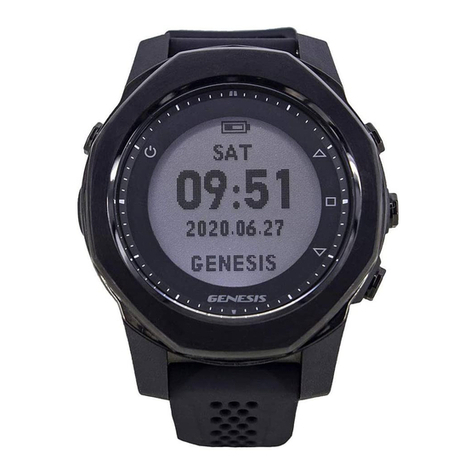
10
CSAV MILITARY LIFE PRESERVER TECHNICAL MANUAL
Ination and Buoyancy
Vest
Integrated Powerline Inator with Pull Dump Valve
Air Bladder
Overpressure Relief & Rapid Dump Valve
The CSAV vest can be inated from the pressurized cylinders, power inator
or orally. It is designed for professional use with all types of back or chest-
worn breathing apparatuses.
The distribution of the buoyancy chamber provides excellent safety perfor-
mance, either during buoyant ascent (vertical stability) or at the surface (natural
support position with head and shoulders out of the water).
The jacket can be quickly modied to t different kinds of equipment due to the
quickly adjustable harness and buckles, and the presence of interchangeable
ination systems, either by air cylinder or by power inator.
This dual purpose valve protects the bladder from overpressurization by
opening the overpressure relief automatically when the internal pressure
exceeds ambient. The rapid dump valve can also be opened manually to
facilitate rapid dumping of air.
The air bladder is heavy-duty 200-denier urethane coated nylon. The tested
lift capacity of the CSAV is 35 LB. Its unique low-prole design is achieved
through a system of RF welded ligaments that control the bladder shape dur-
ing ination. It is designed to support the diver in a vertical manner while on
the surface of the water, and offer balance and stability while diving.
The vest is made of a rugged 1000 denier black Cordura. It is designed to
provide the following functions:
• Protect the diving air bladder from rips and tears.
• Provide a method of attachment for the rebreather, weight pouches com-
pressed air ination bottles, and other required equipment using
the MOLLE attachment system.
The included power inator is equipped with a valve that also permits inating the
CSAV orally. The inator assembly is connected to the exhaust valve at the
top of the airway with a heavy duty cable. By pulling down on the inator
assembly, the diver opens the rapid dump valve and is able to easily vent the
CSAV for buoyancy adjustment.
